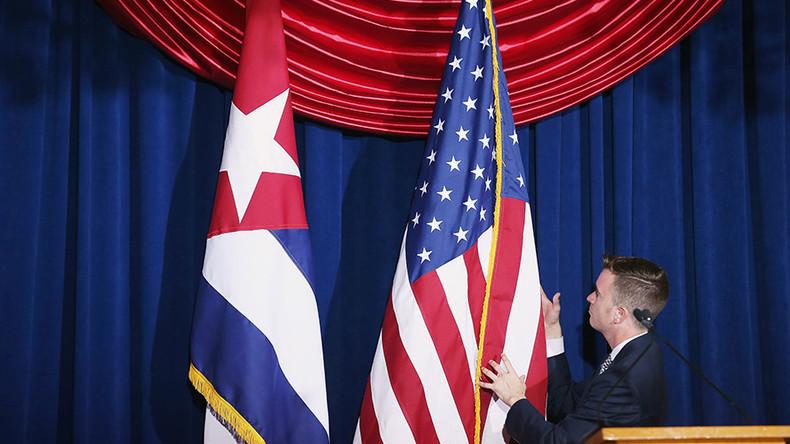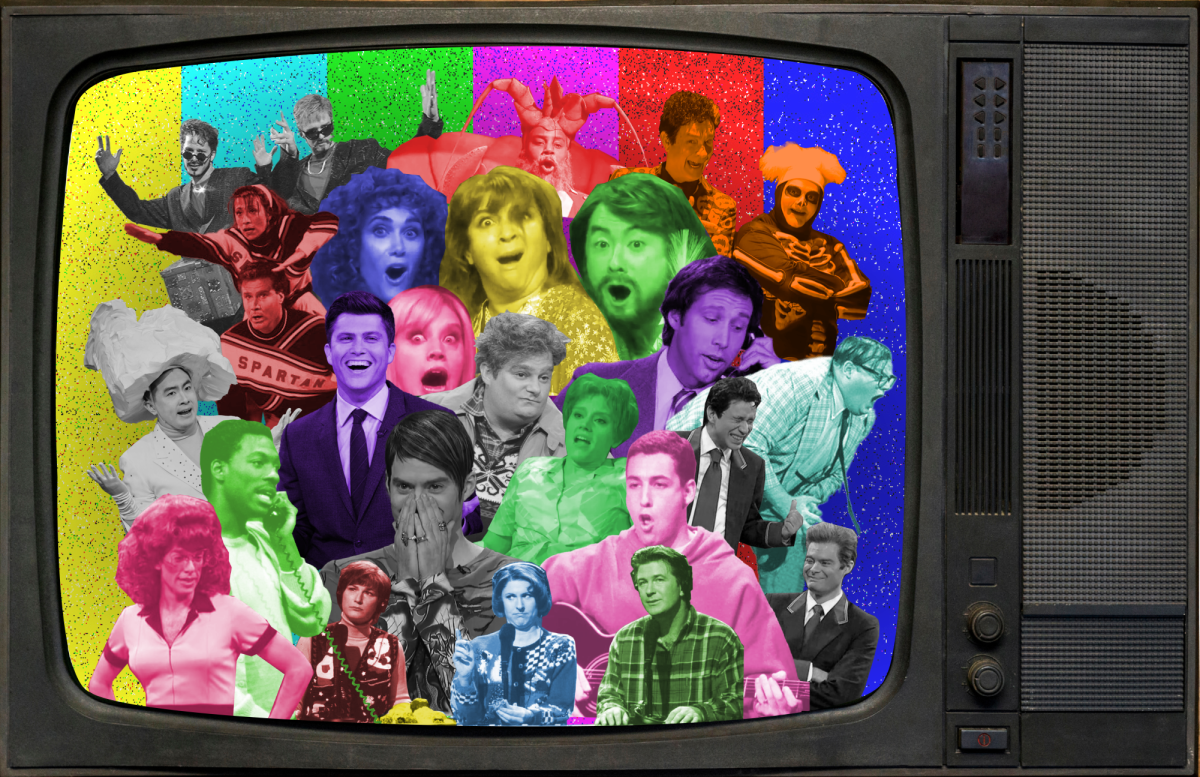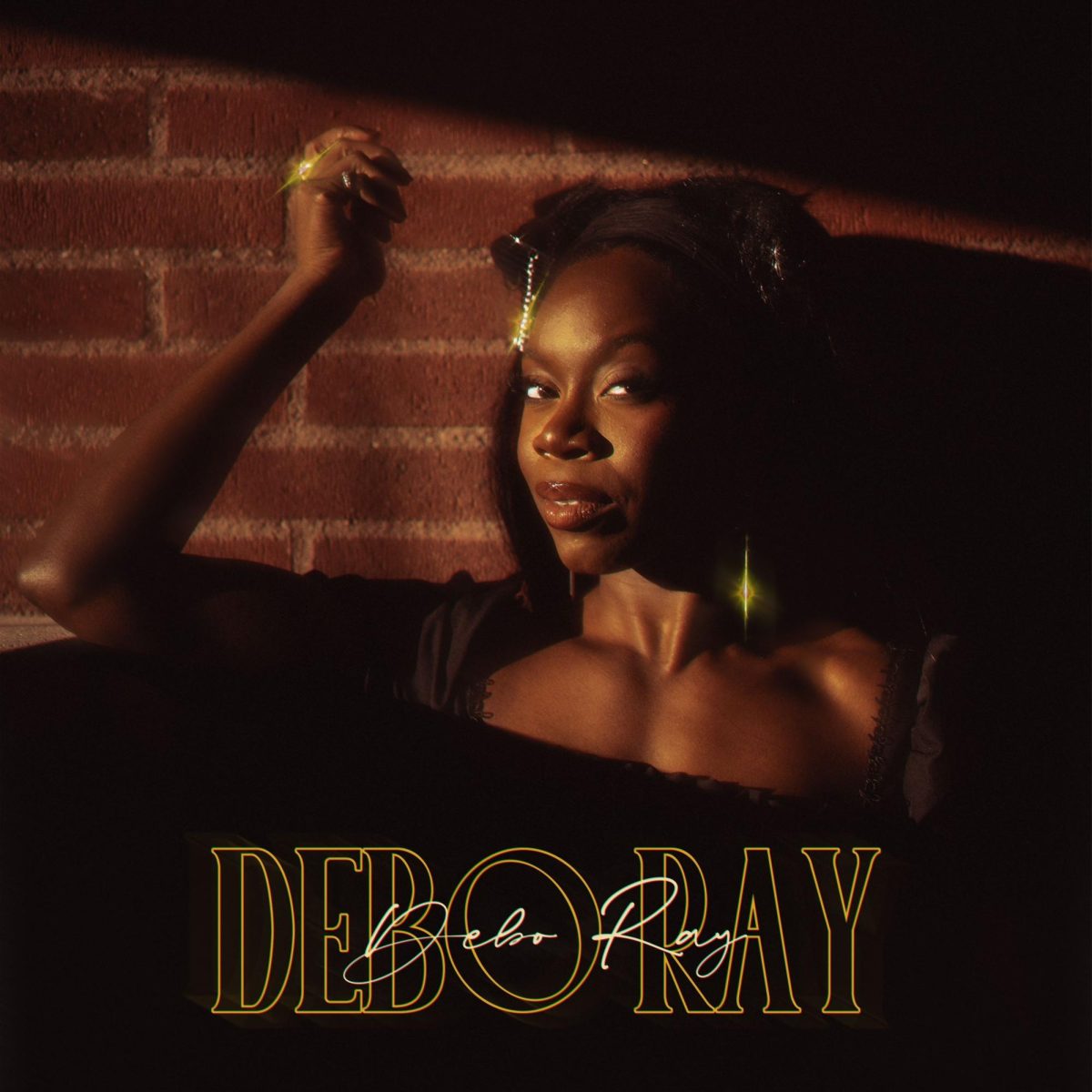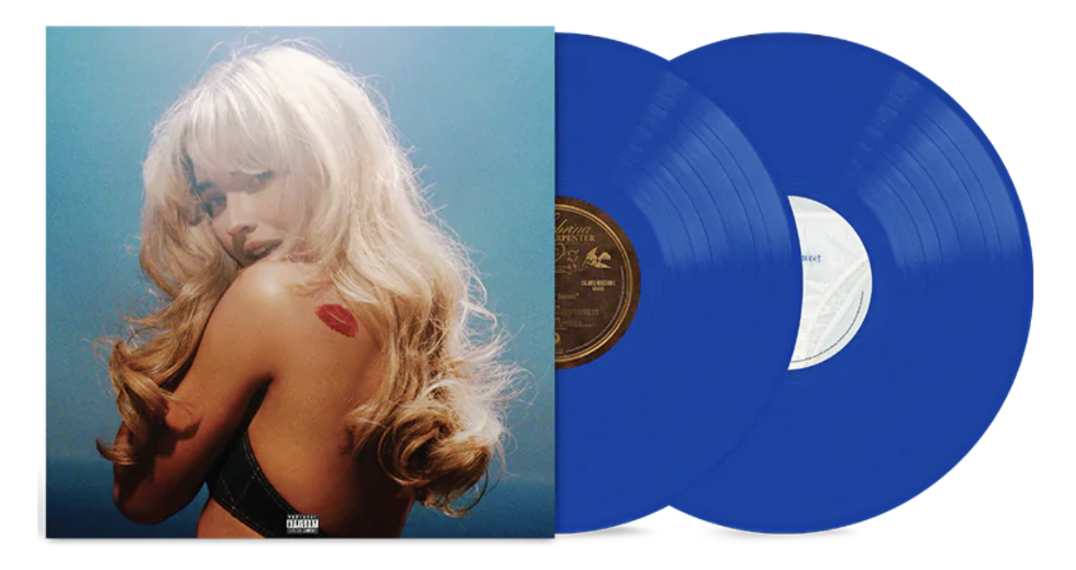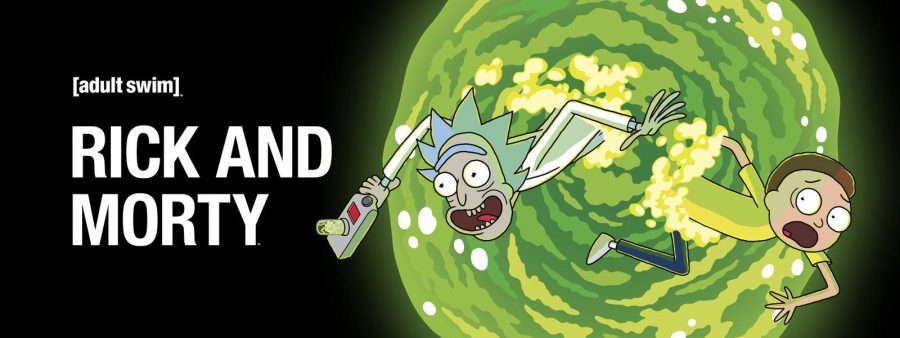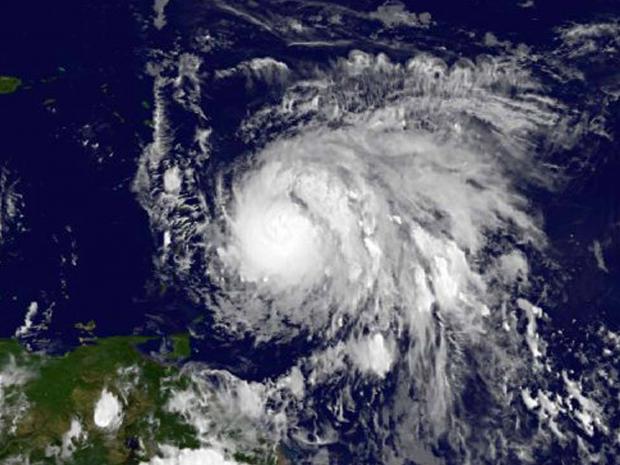By Lisa Nault
Staff Writer
“The Maze Runner,” the first of the series, had people running around a maze from giant mechanic bugs attacking. The second film, “Maze Runner: The Scorch Trials,” had people running around a desert from infected people and helicopters. If someone liked the first movie, they will probably like the sequel. It is engaging, different from the source material, and visually stimulating.

The film begins where the previous feature ended. Thomas and friends have escaped the maze they were trapped in and are being shipped to a safe place. After surviving their nightmarish reality, the group of teens gets a chance to relax for a moment—and then come face to face with Petyr Baelish from “Game of Thrones.”
Not really—the characters are introduced to Janson, who is played by Aidan Gillen. Gillen is most well-known for his portrayal of the double-crossing Baelish, and it seems he has become a victim of typecasting as a result.
Janson is a reassuring authority figure to the teens who wants to help them, but the audience can feel the insincerity in his kind words. He lies for personal gain, tricks people who trust in him, and has powerful connections. It is not a surprise to anyone watching the film when it is revealed that his intentions are not what they appear to be.
A small issue that “Maze Runner: The Scorch Trials” has throughout is that it is predictable. The twists, betrayals, and death(s) are easy to anticipate, and therefore take away from the enjoyment of the film. When someone knows what will happen, they will not necessarily be as invested in the story. On that note, if an audience member has read the book first and then sees the film, there are plenty of surprises in store for them because there were many changes made to adapt the novel to the screen. Some of the changes add to the enjoyment of the film while other plotlines are missed immensely.
To the film’s credit, not all of the clichés are cookie-cutter. For example, in one scene, a character is infected and wants to be put out of their misery before they become a crank, a zombie-type person who is infected by the Flare Virus. A gun is left with the infected as the rest of the characters walk off into the distance.
This scene has been done before and most people can guess that the sound of the gun being fired will be heard as the camera films the other characters’ reactions. However, “Maze Runner: The Scorch Trials” is original in how they filmed the reactions.
Instead of close ups, the audience watches as the far away silhouettes of the characters stop in their tracks when the gun goes off, pause, and after a few moments they begin walking again. It is a simple and more subtle approach that makes the scene uniquely memorable.
“Maze Runner: The Scorch Trials” is a film that moves quickly and holds the audience’s attention from the beginning— sometimes to a fault. The pacing is too quick right from the get-go. Thomas and friends are taken into Janson’s care, realize he is not to be trusted, and break out in what feels like five minutes.
As soon as the setting is established, a conflict immediately arised arises and is then resolved for a while. There is no time to explore or watch the characters interact in the new environment. In fact, the majority of the trailer for the movie is just the beginning scenes. It goes too fast to create a false sense of security for the audience.
One aspect that the film did well on was capturing the vastness and desolation of the desert scenes. The cinematography when the main characters are outside is beautiful. When a fallen city’s demolished buildings are on screen they take up the majority of the shot. This effect causes them to appear giant in comparison to the emptiness of the desert. As a result, the juxtaposition of space makes the audience feel overwhelmed, just like the characters.
The harsh sunlight of an open desert allows for great visuals of silhouettes against the background. During the day, the sun is beating down on the characters and there is nothing but isolation around them. As a contrast, the night scenes create the illusion that there is an impending doom hiding in the darkness around them. It’s the same desert but with a different mood. It is an interesting artistic choice that pays off visually.
The film also does a great job making the intense chase scenes…intense. Whenever a crank is on screen, the audience moves right to the edge of their seats. The cranks are fast, loud, and vicious.
When Thomas and his friends are running away from the cranks, more appear almost out of thin air in all directions. They jump out from adjacent hallways that the main characters barely pass by in time and come from both directions on a staircase.
These scenes get everyone’s hearts pumping and audible gasps can be heard throughout the theater. It can be scary to watch creatures with empty eye sockets and blood around their mouth sprinting after people. Anyone who cannot handle the zombies in “28 Days Later” will have trouble with the crank scenes.
“Maze Runner: The Scorch Trials” is not a landmark movie that will be an instant classic, but it is not the worst creation ever either. It has flaws, but it is entertaining. Those who want to see it should, and those who could not care less will not be missing out.





